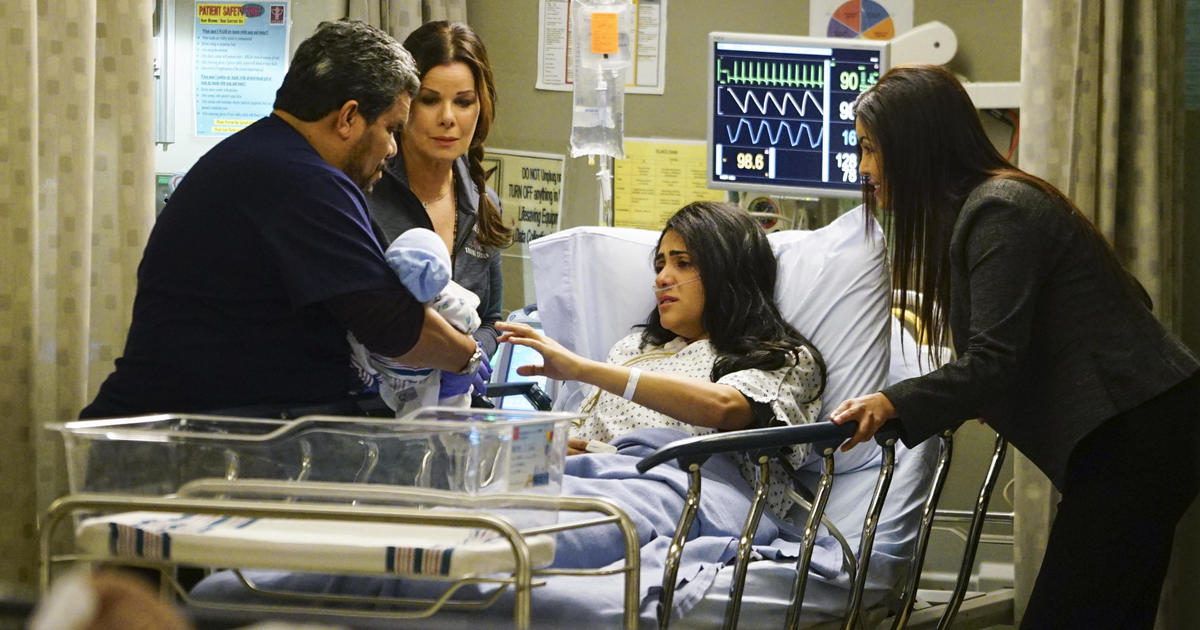3-D Mammograms Could Make Catching Cancer A Bit Easier
PITTSBURGH (KDKA) – Jennifer Hoeft is no stranger to breast cancer.
Her mother and sister had it. Hoeft got her diagnosis last March.
"When it actually happens to you, it's a little different," she said. "Scarier, definitely scarier."
Her 8-milimeter tumor was detected after she had a 3-D mammogram – a newer technique that takes X-rays of the breast in slices, like a loaf of bread.
"The actual tube moves, and takes a sweep through, and that's those one millimeter thick slices," said Dr. Georgine DeMarino with Jefferson Hospital Radiology. "And it takes them all the way through."
Same machine, same amount of radiation, but with a moving arm and unfortunately, the test still requires compression.
"Three-D mammography was FDA approved about three years ago and so it's been used in practice across the country," said Dr. Sarah Friedewald, advocate at Lutheran General Hospital. "We looked to see whether it improved upon some of the limitations that the standard 2-D mammogram has been criticized for."
In a study published in the journal of the American Medical Association, researchers in Illinois looked at the 2-D and 3-D mammograms of more than 450,000 patients at 13 sites across the country. With the 3-D techniques, the radiologists were able to see more of the potentially deadly cancers.
With a 2-D mammogram, benign cysts and moles and lymph nodes can all look similar to cancer and 3-D helps to clarify.
"Fewer people had to come back for unnecessary testing, which creates unnecessary anxiety," said Friedewald.
It's not universally covered though.
"The technology is expensive," said DeMarino. "Right now, Medicare will not give us a code to approve its usage."
"We just decided it was good technology," she added. "We bought it to use it. We're just doing it for free."
After finding Cancer while it was still small, Hoeft if living life to the fullest.
"Life is short," she said. "My life's going to be long and full and I'm going to go out and do the things I want to."
More studies will be needed to figure out which patients might benefit most from the 3-D technology.
RELATED LINKS
More Local News
More Health News
Join The Conversation, Like KDKA On Facebook
Follow KDKA On Twitter



